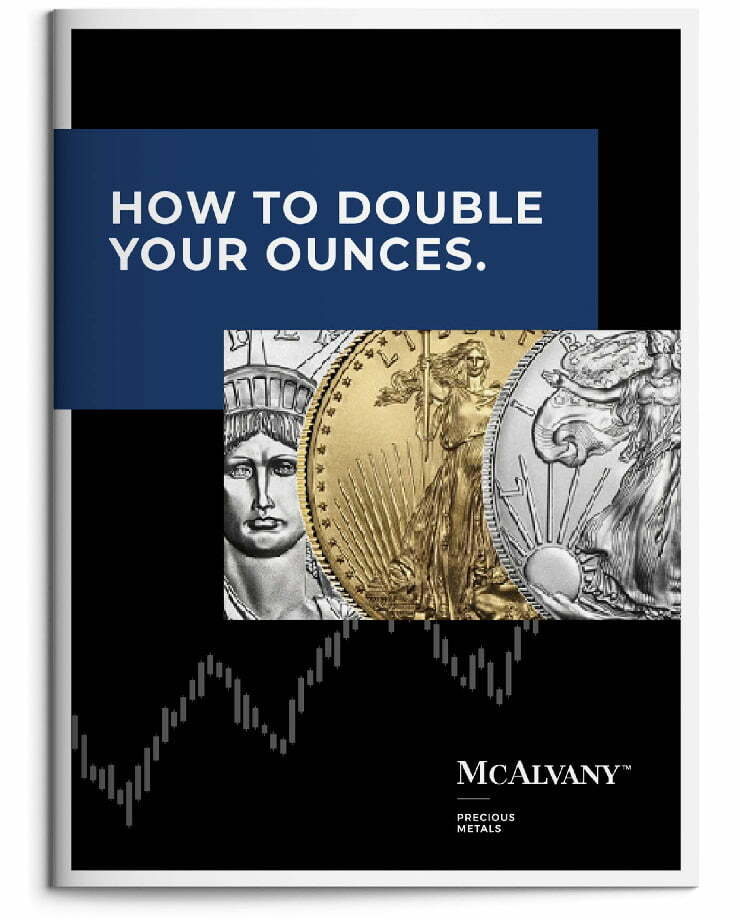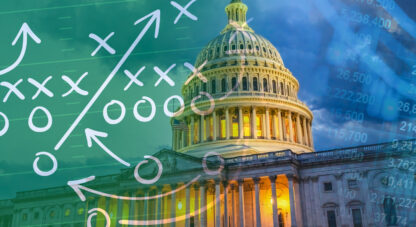Dead Center Bull’s-eye
With just one short week before the MWM client conference next Friday, and with focus on preparation for that annual gathering, this HAI will be brief.
Once again, headline news this week emanated from the labor market. As Bloomberg reported on Wednesday, private payroll firm ADP said that for the month of September U.S. firms lost 32,000 jobs versus an expected gain of 51,000 private payrolls. It was a very disappointing result, to be sure.
ADP’s most recent jobs report is the latest in a string of data pointing to a softening (perhaps sharply softening) U.S. jobs market. Worse, hot on ADP’s heels was additionally discouraging labor market data from outplacement firm Challenger, Gray & Christmas. According to Challenger, planned job additions by U.S. companies in September came in at the weakest level for any September since 2011.
Reinforcing the worrying message from both ADP and Challenger, U.S. consumer confidence declined more than expected in September amid mounting worries over the availability of jobs. The Conference Board said on Tuesday its consumer confidence index dropped by 3.6 points to 94.2, more than the 96.0 expected by economists polled by Reuters. “Consumers’ assessment of business conditions was much less positive than in recent months, while their appraisal of current job availability fell for the ninth straight month to reach a new multi-year low,” said Stephanie Guichard, Senior Economist, Global Indicators at the Conference Board.
Of paramount concern, this week’s uninspiring jobs data comes just after the CEO of Walmart issued a wake-up call to the Wall Street Journal last week, saying, “AI is going to change literally every job.” As the Journal put it, “Walmart executives aren’t sugarcoating the message: Artificial intelligence will wipe out some jobs and reshape its workforce. Now the country’s largest private employer is making plans to confront that reality. ‘It’s very clear that AI is going to change literally every job,’ Chief Executive Doug McMillon said this week in one of the most pointed assessments to date from a big-company CEO on AI’s likely impact on employment.”
According to the Journal, “His remarks reflect a rapid shift from just months ago in how business leaders discuss the potential human cost of the technology.”
The Journal continued, “‘Our goal is to create the opportunity for everybody to make it to the other side,’ McMillon said. For now, Walmart executives say the transformation means the size of its global workforce will stay roughly flat, even as its revenue climbs. It plans to maintain its headcount of around 2.1 million global workers over the next three years, but the mix of those jobs will change significantly, said Donna Morris, Walmart’s chief people officer. What the composition will look like remains murky.”
News that America’s largest private employer won’t be increasing headcount (despite a continued expected growth trajectory for the company) while the composition of ongoing human work “remains murky” is not good news for the overall employment outlook. Furthermore, the given culprit for the hiring disruption (Artificial Intelligence), is indeed a significant directional warning of just where corporate America may soon be heading.
Walmart’s AI heads-up also comes after a June Wall Street Journal article confirmed that the Amazon CEO (the second largest private U.S. employer), said that, “AI will lead to a smaller workforce.”
In HAI‘s view, regardless of whether the current weakening in labor market data is AI related or the result of an otherwise weakening economy, AI now represents an imminent formidable headwind to U.S. job creation.
That’s important for so many reasons, but given HAI‘s mandate, we will focus on the critical implications for hard assets. If unemployment rises materially—for any reason—history suggests the U.S. fiscal deficit will blow out significantly further. That, in turn, is highly likely to trigger a debt spiral of rising rates and interest expenses into weakening GDP and lower tax receipts, all while the debt burden is already at unsustainably problematic levels.
In such a scenario, it would be entirely reasonable to expect policymakers to meet the crisis with a desperate inflationary dose of hefty economic stimulus and some form of yield curve control.
Whether the crisis comes before the government response or the government enacts policies to pre-empt a coming crisis remains to be seen, but in HAI‘s view, either way, precious metals and hard assets more broadly remain dead center bull’s-eye as the best way to position portfolios for the accelerated dollar debasement now on the horizon.
Weekly performance: The S&P 500 was up 1.09%. Gold was up 3.11%, silver gained 4.12%, platinum surged 1.99%, and palladium was off 1.79%. The HUI gold miners index was up 2.59%. The IFRA iShares US Infrastructure ETF was up 1.07%. Energy commodities were volatile and mixed on the week. WTI crude oil was off 7.65%, while natural gas gained 4.03%. The CRB Commodity Index was down 1.86%. Copper was higher by 6.82%. The Dow Jones US Specialty Real Estate Investment Trust Index was up 0.32%. The Vanguard Utilities ETF was up nearly 2.43%. The dollar index was down 0.45% to close the week at 97.71. The yield on the 10-yr U.S. Treasury was off 6 bps to close the week at 4.12%.
Have a wonderful weekend!
Best Regards,
Morgan Lewis
Investment Strategist & Co-Portfolio Manager
MWM LLC















